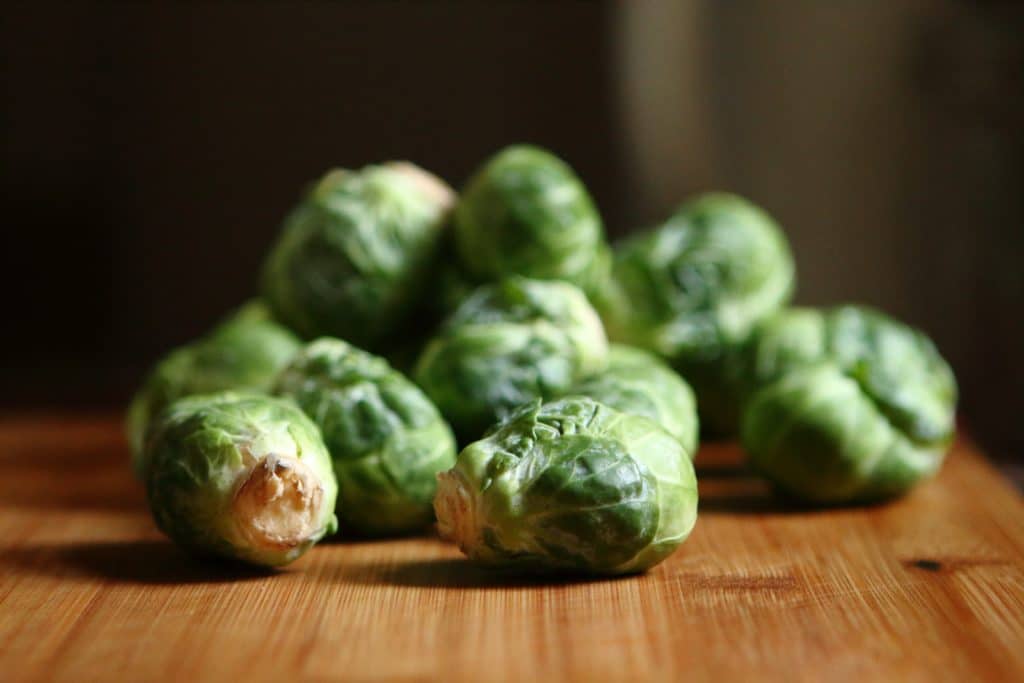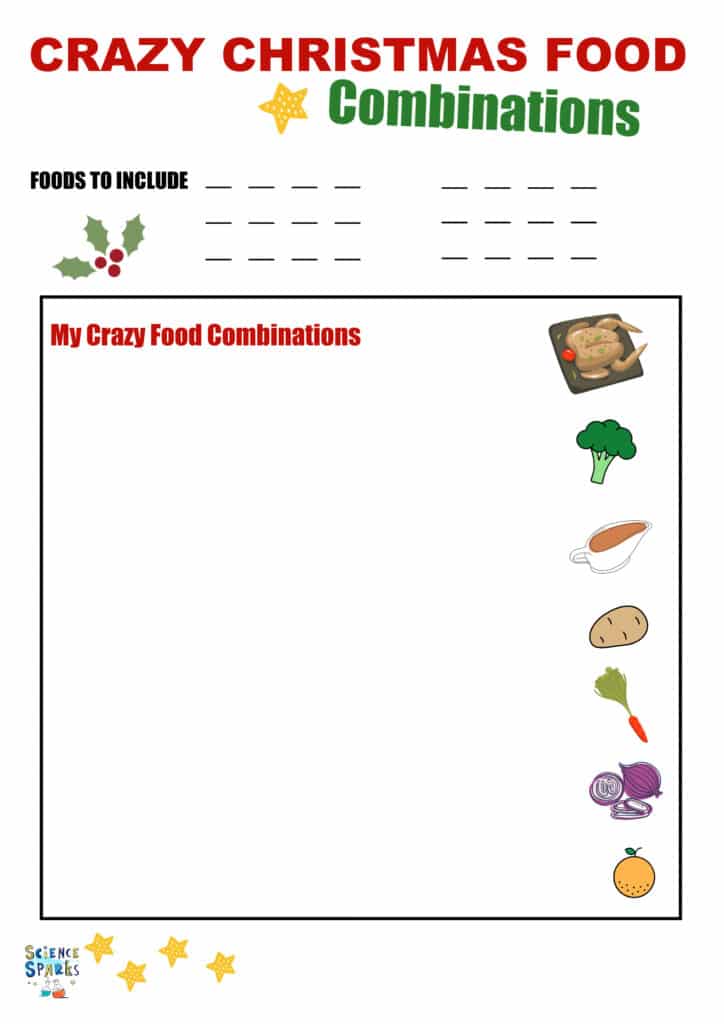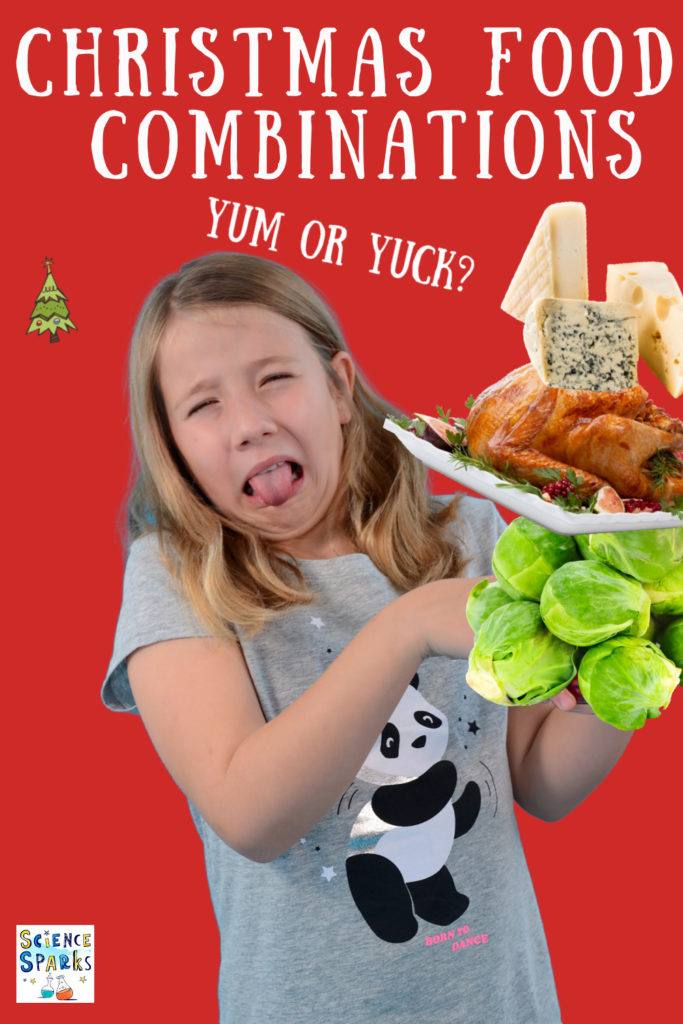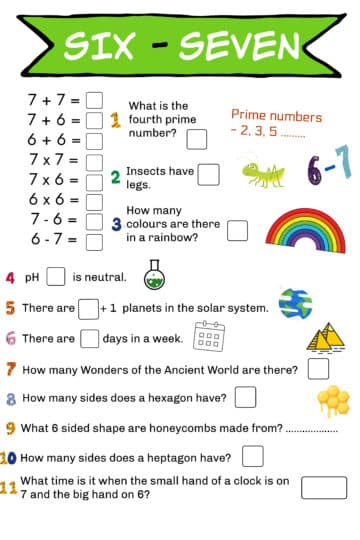I can't quite believe it's less than a week till Christmas! Where does the time go?
If you're still on the hunt for last-minute gifts like me, don't forget we have a couple of science books available that would be great for any curious kid! Snackable Science, This IS Rocket Science, and Gross Science ( new for 2020 ) are all available from Amazon.
Christmas Food Combinations
I know some people aren't massive fans of the traditional Christmas dinner, but I just love turkey with all the trimmings and actually enjoy our Boxing Day breakfast of leftovers in omelette form almost as much as the big meal itself, which is a bit weird when you think about it as I wouldn't normally have sprouts or stuffing with eggs.
Sometimes, foods that you wouldn't necessarily put together actually taste really good. Take sprouts and cranberry, for example. It sounds a bit weird, but it totally works!

Christmas food combinations
Turkey and cranberry - yes
Turkey and sprouts - yes
Turkey and cinnamon ??
Cream cheese and salmon yes, cream cheese and chocolate, no!
Parsnips and bacon, yes! Parsnips and chocolate - no!
Blue cheese and figs, yes, blue cheese and orange, no!
Orange and smoked salmon, yes, orange and nutmeg, no!
Gravy and cheese - would you?
Mince pie and gravy?
Why do weird flavour combinations work?
Balance
Humans tend to like a balance of flavours, so adding foods from several of the five tastes makes for a more satisfying dish.
Sweet and salty foods work well. Imagine maple syrup on bacon and salted caramel.
History
When food was less plentiful, humans craved salt, sugar, and fats for survival. This is why we crave what seem like weird food combinations.
Pickle and ice cream, anyone?
What are the five tastes?
The average person has around 10,000 tastebuds, which are replaced every two weeks or so. Tastebuds are little bumps found on the tongue, and they have tiny hairs. The tiny hairs send messages to the brain about how something tastes.
Sweet – sweet potatoes, carrots, squashes, parsnips, honey
Sour – vinegar, sourdough bread, lemon and lime juice, yoghurt
Bitter – kale, dark chocolate, coffee, green leafy vegetables, olives
Salty – Miso, soy sauce, salt
Unami – foods rich in flavour, meats, tomatoes, cheese, fish
What we call the flavour of food is actually a combination of the five tastes and smell.
Christmas Food Combinations Science Investigations
Choose foods from each of the five tastes and create the weirdest Christmas food combinations you can think of. Do they work?

Find out if smell affects taste with a simple experiment using jelly beans.
More Christmas Science Experiments for Kids
Try one of my easy Christmas candy science experiments.
I've got lots more fun and festive science experiments to keep you busy in the run-up to Christmas!
The Institute of Food Science and Technology has an interesting article about what happens when you cook a turkey and why you feel sleepy after eating a big dinner, too!

Last Updated on November 21, 2024 by Emma Vanstone




karan says
nice post thanks for sharing.